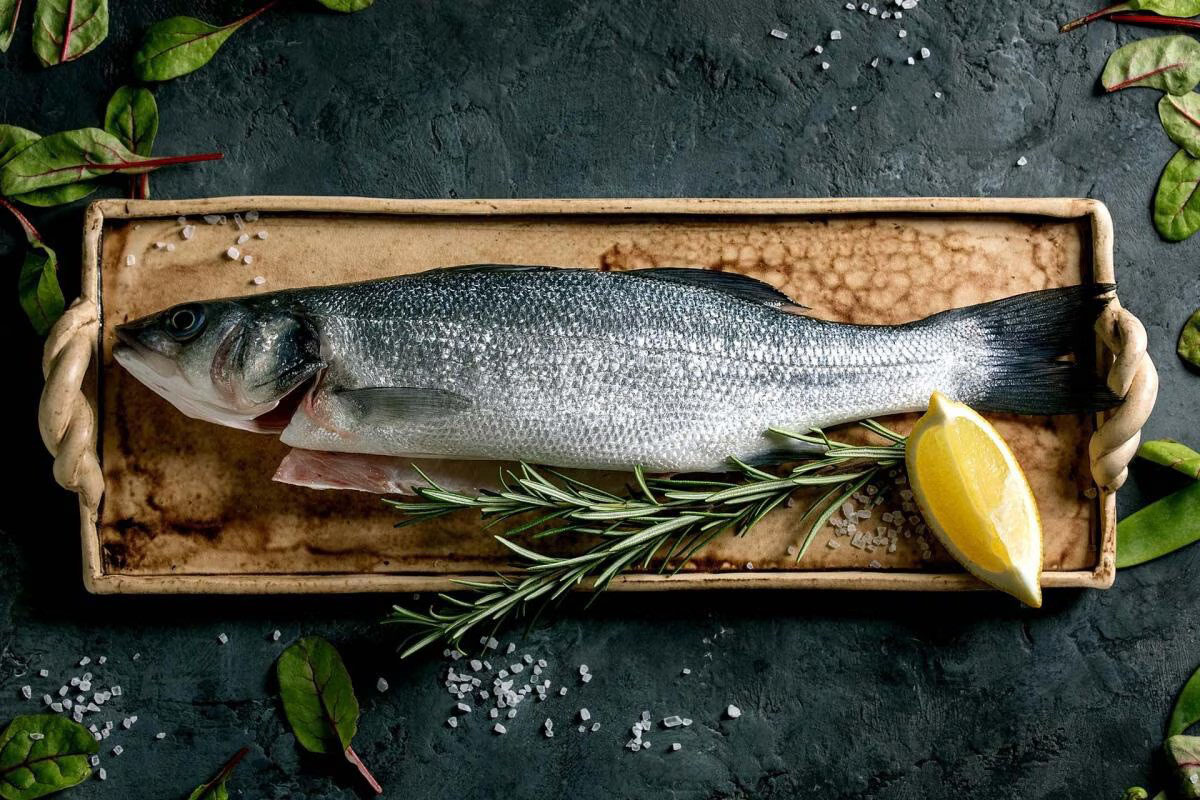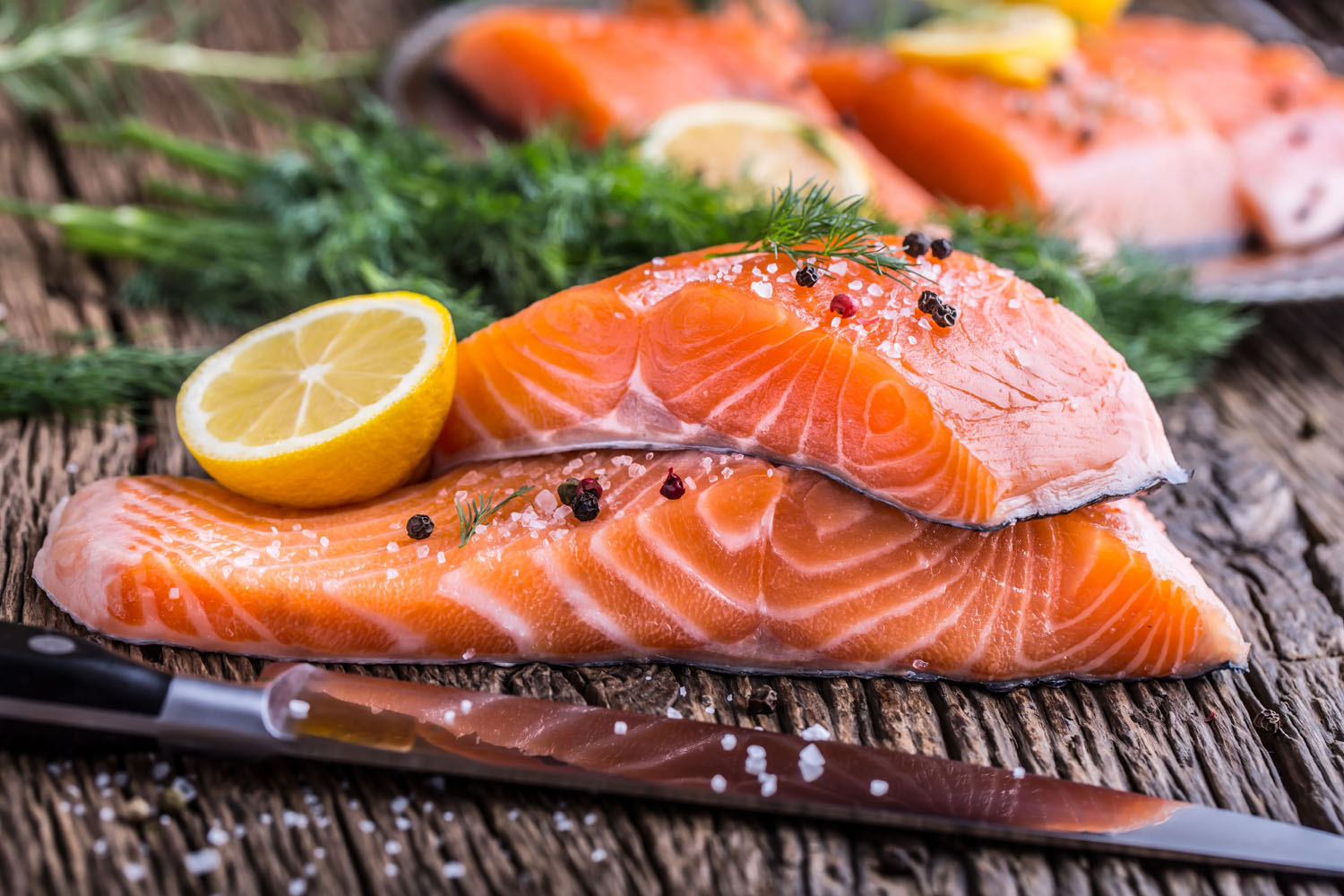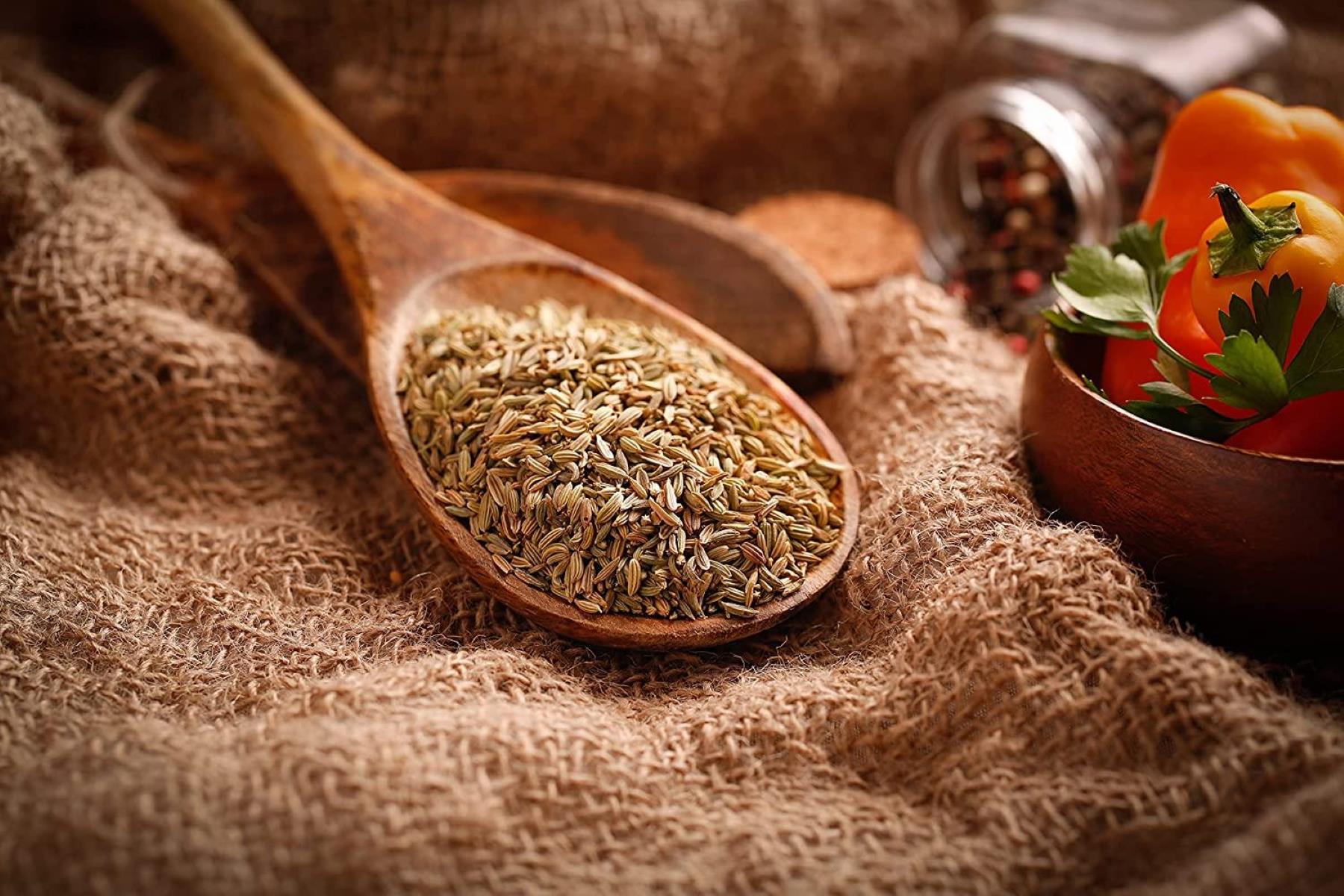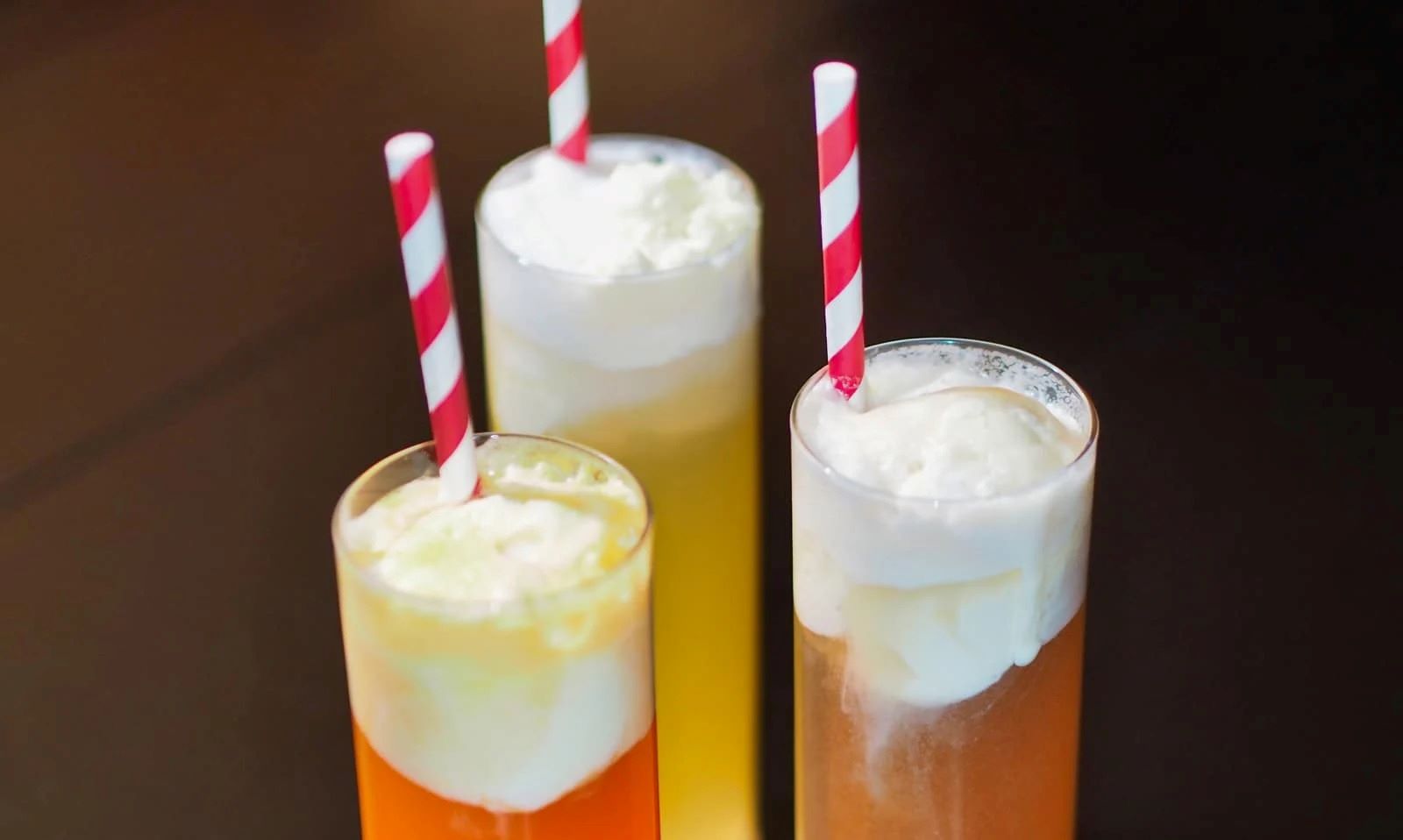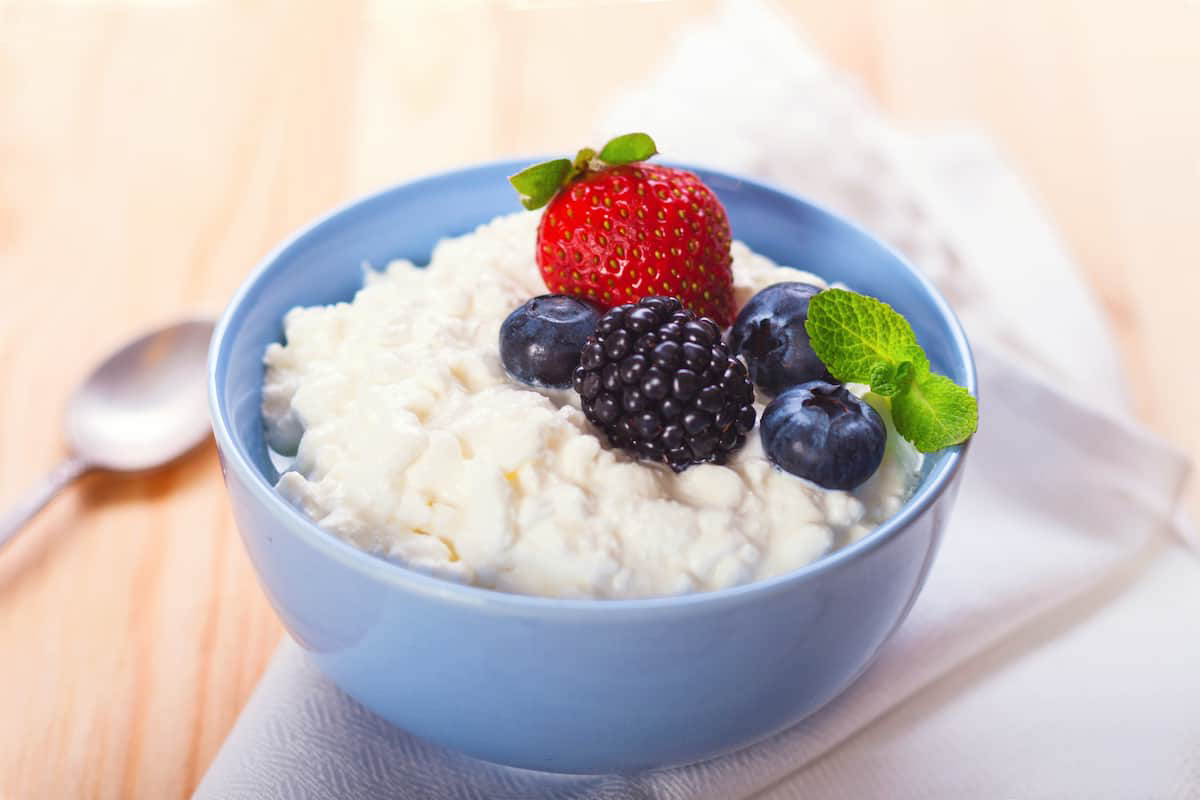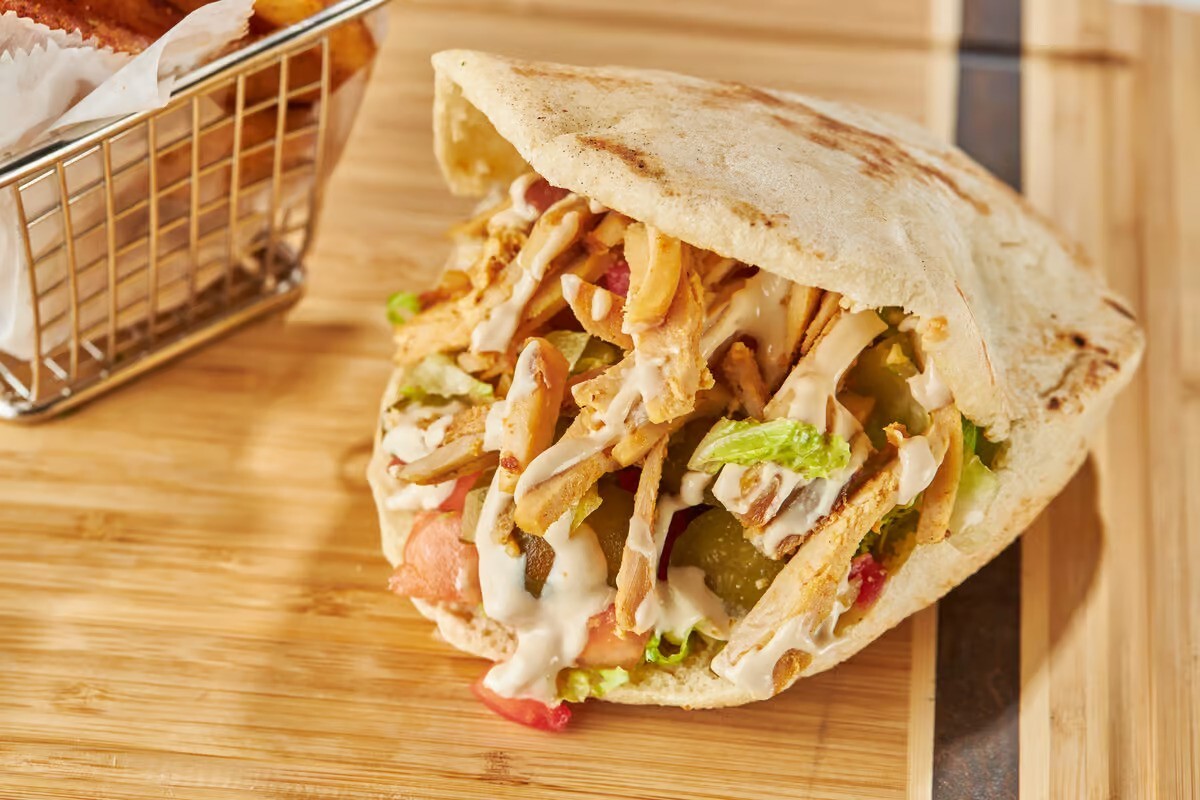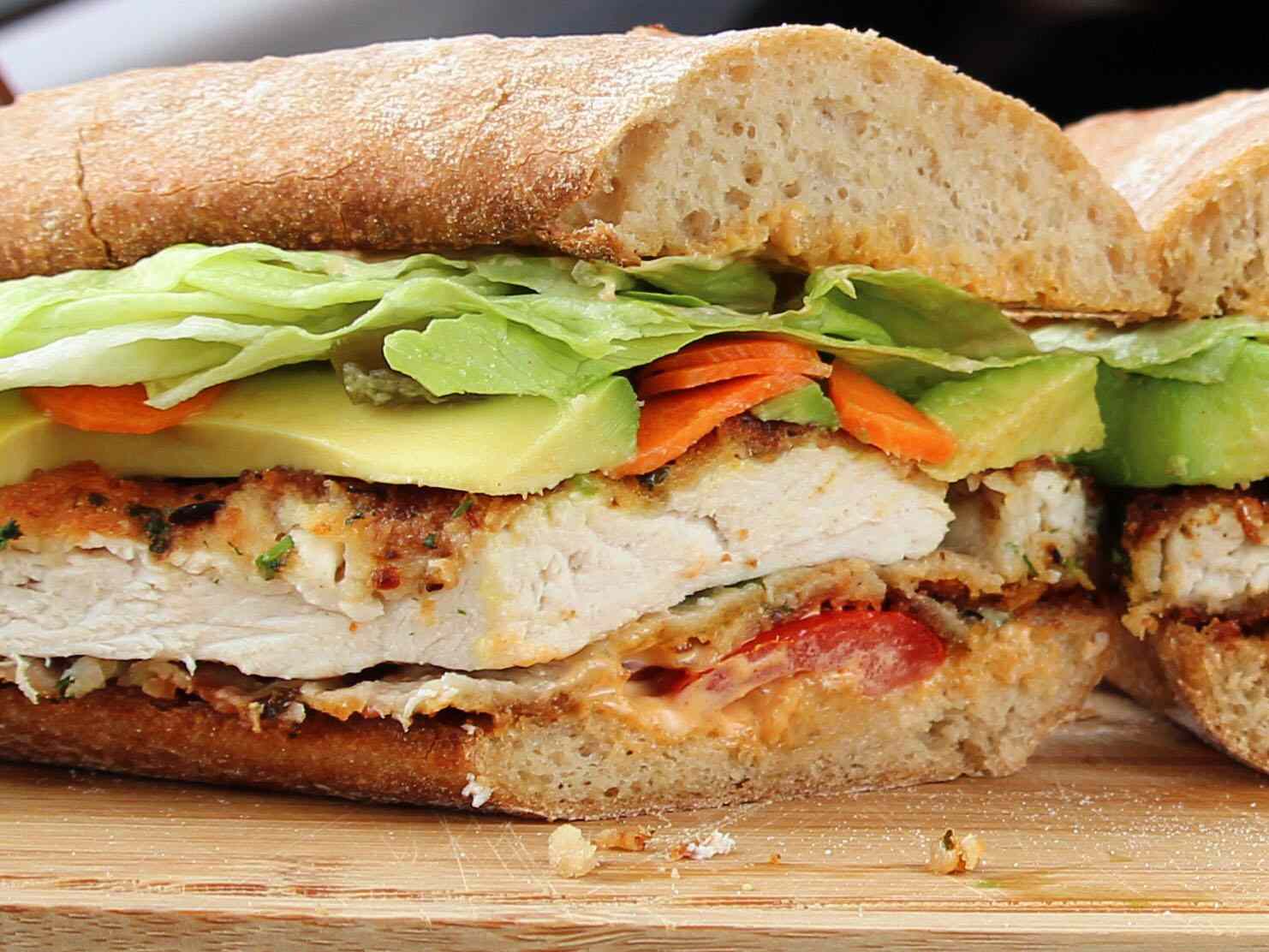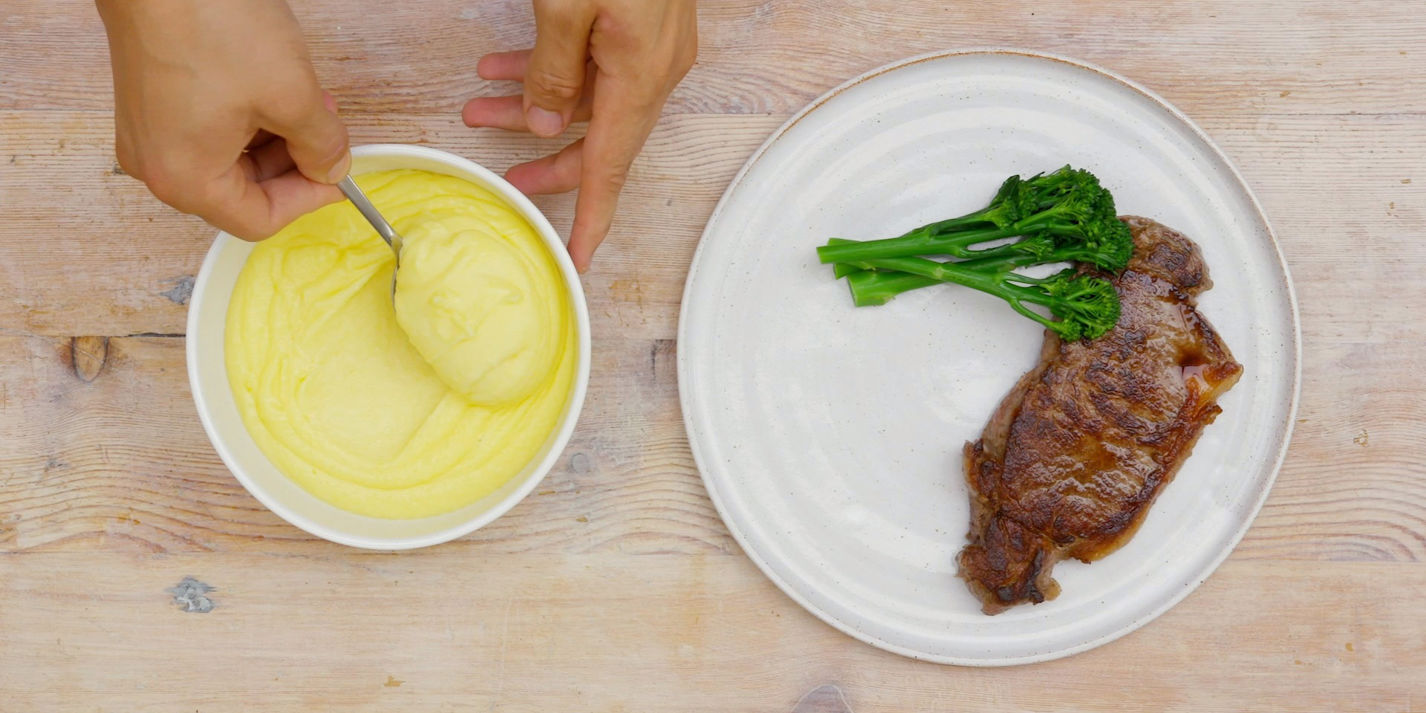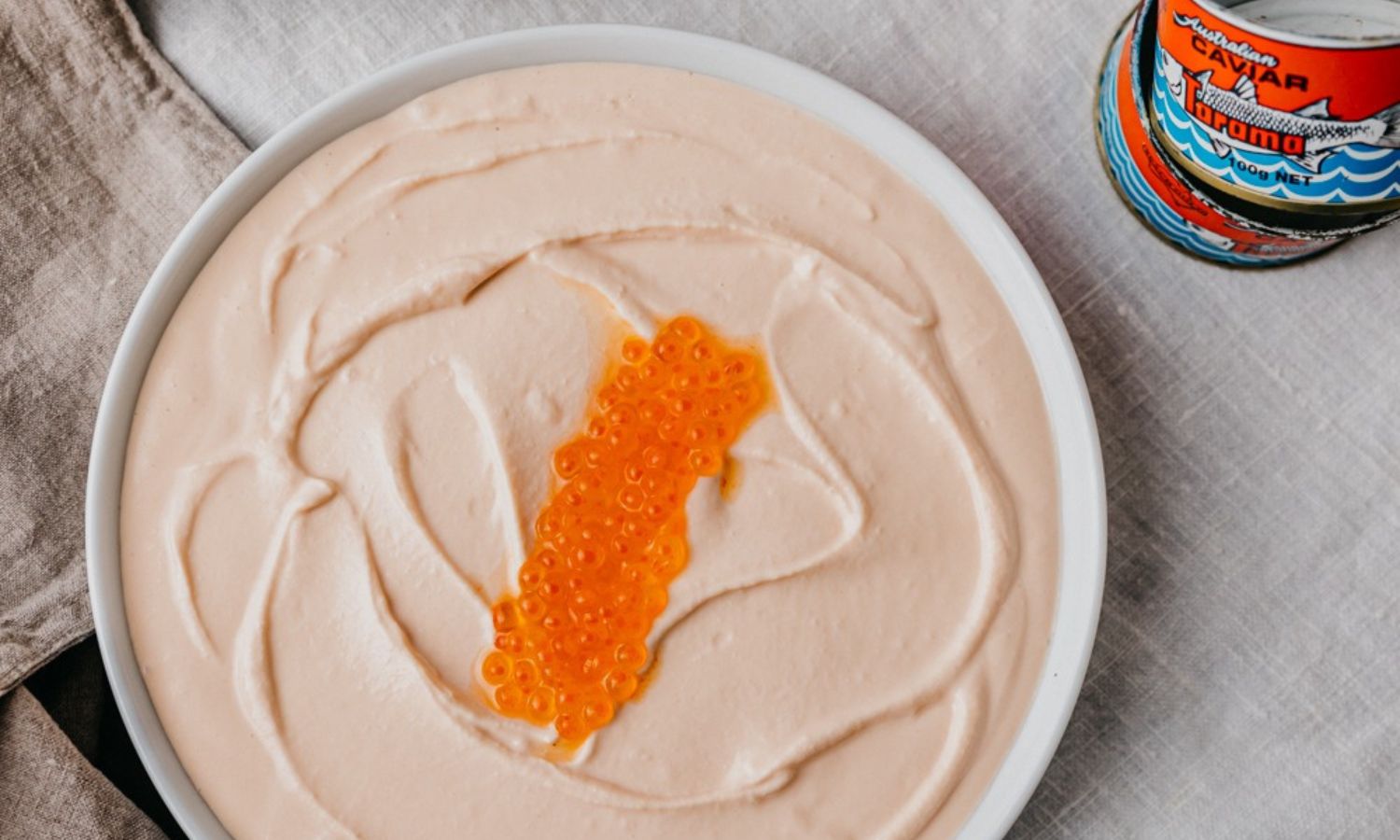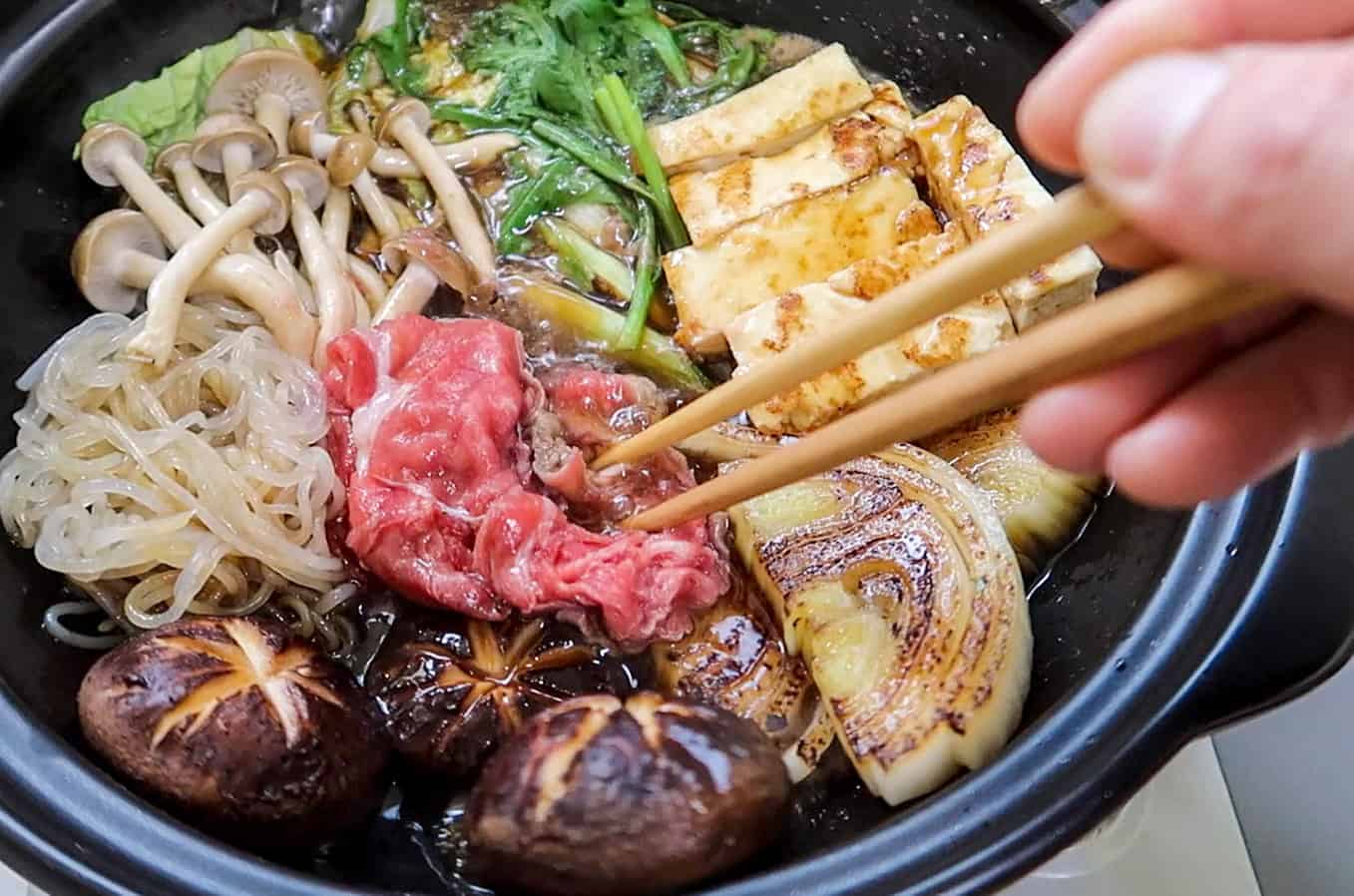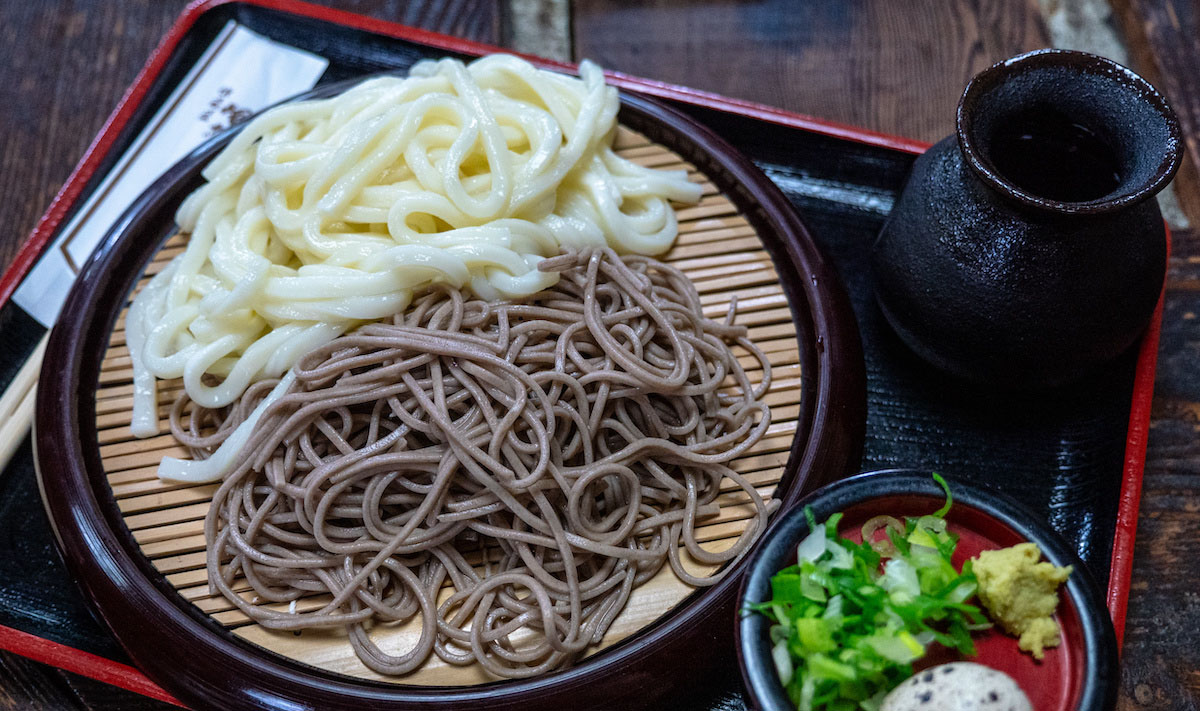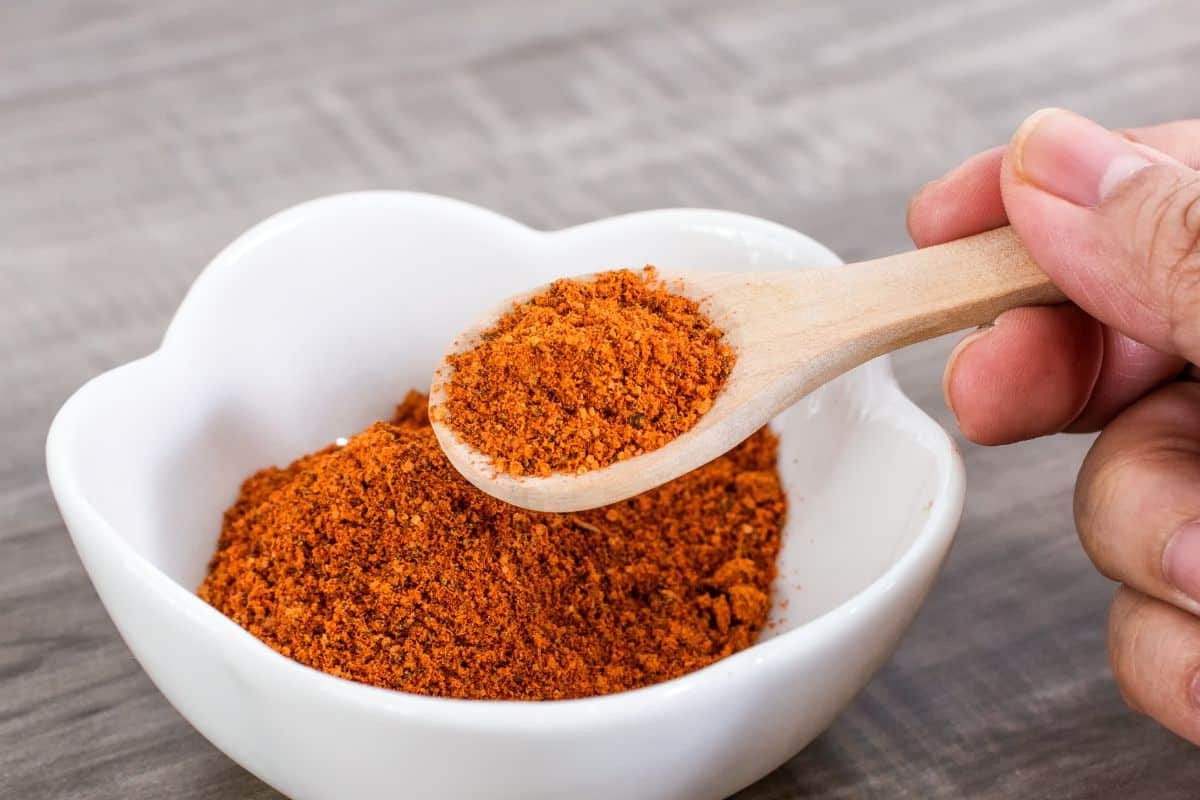Understanding the Versatile Uses of Shortening in Cooking
Shortening is a popular ingredient in many kitchens, known for its versatility and ability to enhance the texture and flavor of various dishes. Derived from vegetable oils, shortening is solid at room temperature and has a high smoke point, making it ideal for a wide range of cooking applications. Let’s explore the diverse uses of shortening in the culinary world.
Baking
Shortening is commonly used in baking to create tender and flaky pastries, biscuits, and pie crusts. Its solid texture at room temperature helps create a crumbly texture in baked goods, making it a preferred choice for recipes that require a light and airy consistency. When baking cookies, shortening can also help prevent spreading, resulting in perfectly shaped treats.
Frying
Due to its high smoke point, shortening is an excellent choice for frying. Whether you’re making crispy fried chicken, donuts, or French fries, shortening can withstand the high temperatures required for frying without burning or imparting off-flavors to the food. Its ability to maintain a stable consistency at high heat makes it a go-to option for achieving golden, crispy results.
Creating Flaky Pastry
When it comes to creating flaky, tender pastry, shortening plays a crucial role. Its solid form allows it to be cut into flour, creating pockets of fat that, when baked, result in a light and flaky texture. Whether you’re making a savory quiche or a sweet fruit pie, incorporating shortening into the pastry dough can elevate the overall texture and mouthfeel of the final product.
Extending Shelf Life
Shortening can also help extend the shelf life of baked goods. Its ability to slow down the development of gluten can result in a longer-lasting, tender texture in pastries and bread. This makes it an ideal choice for recipes that need to stay fresh for an extended period, such as certain types of cakes and cookies.
Enhancing Texture
When used in moderation, shortening can contribute to a desirable texture in various dishes. Its ability to create a tender, melt-in-your-mouth quality in baked goods and certain confections makes it a valuable ingredient for achieving the perfect mouthfeel.
Conclusion
From creating flaky pastries to achieving crispy fried delights, the uses of shortening in cooking are diverse and impactful. Its ability to enhance texture, extend shelf life, and withstand high temperatures makes it a valuable ingredient in the culinary world. Whether you’re a seasoned baker or a home cook looking to elevate your dishes, incorporating shortening into your recipes can open up a world of culinary possibilities.
Was this page helpful?
Read Next: What Is Reggiano?
